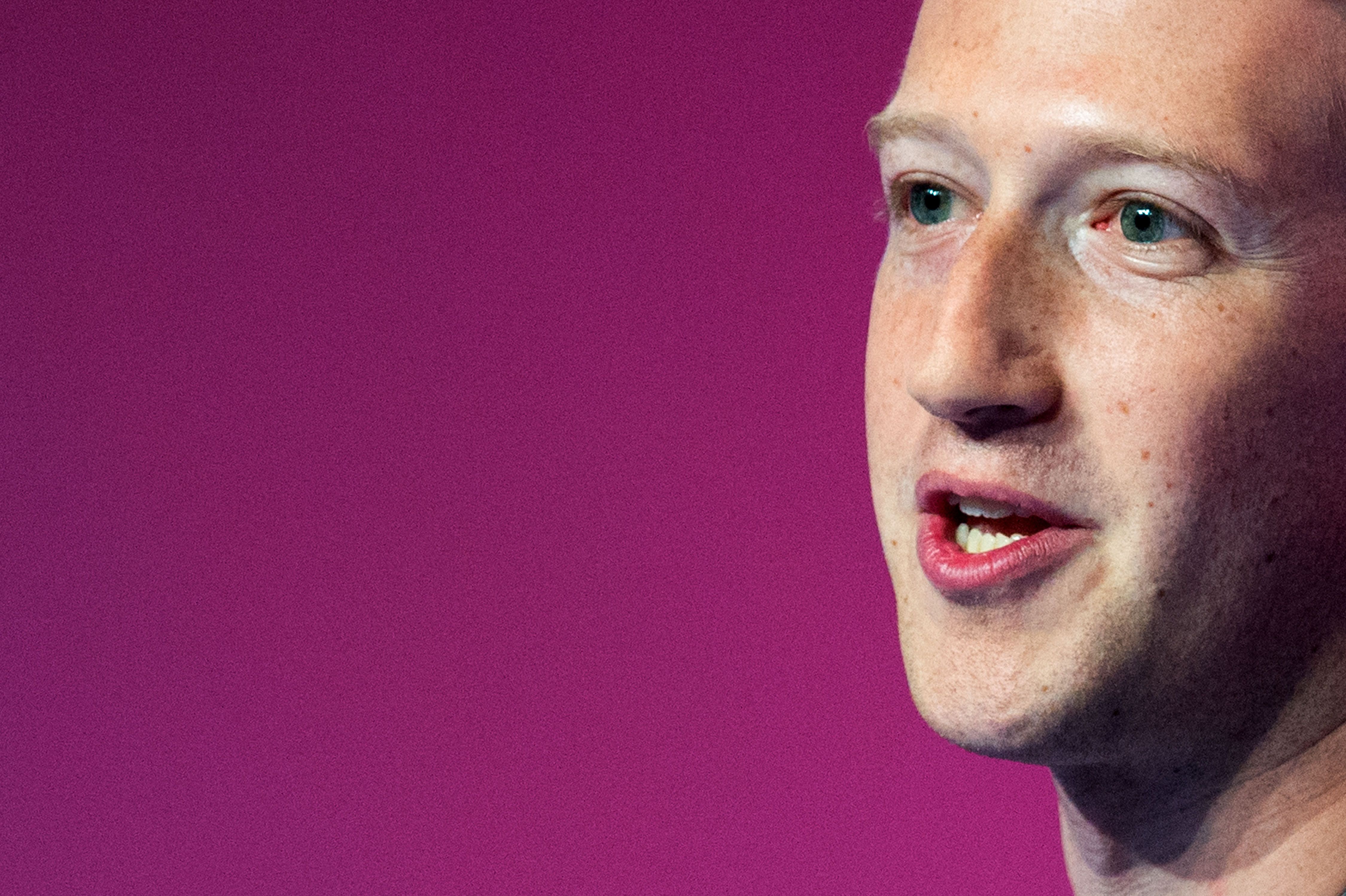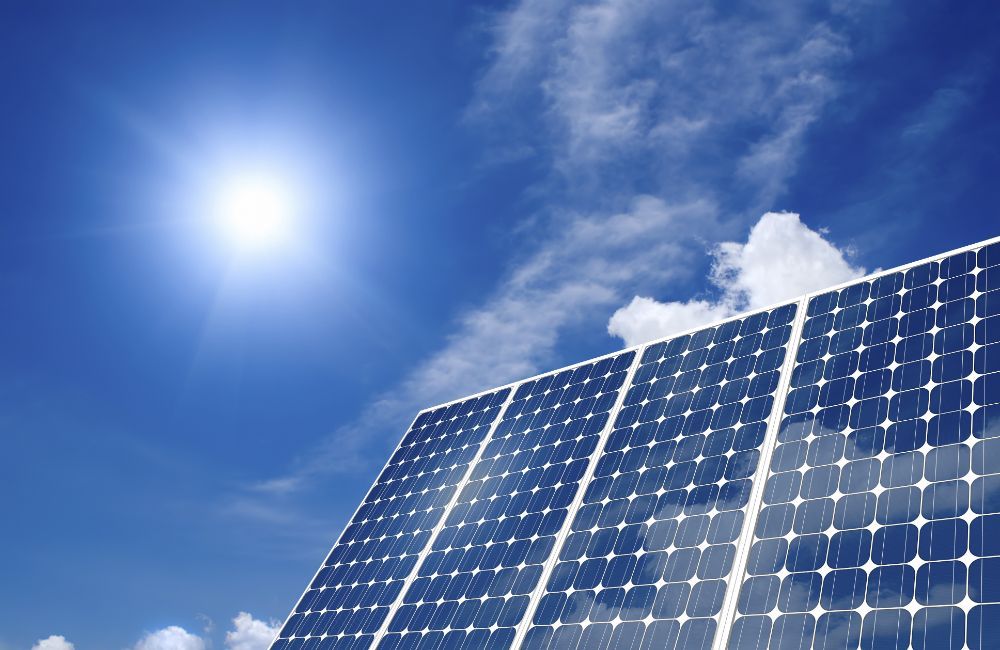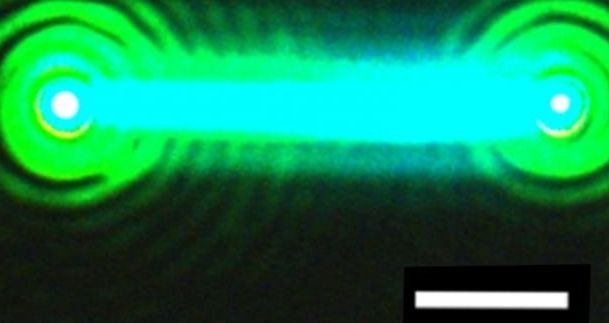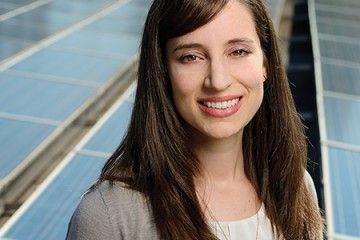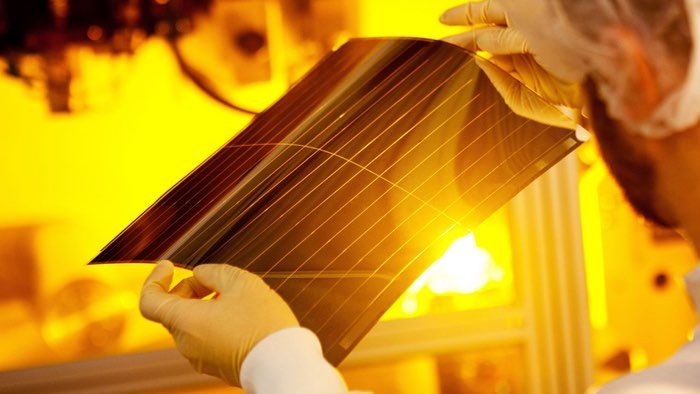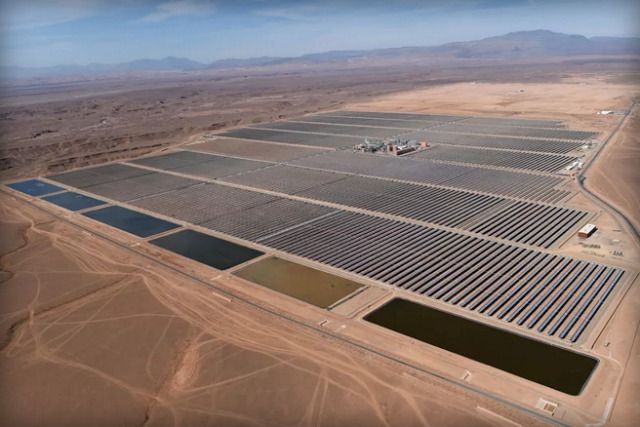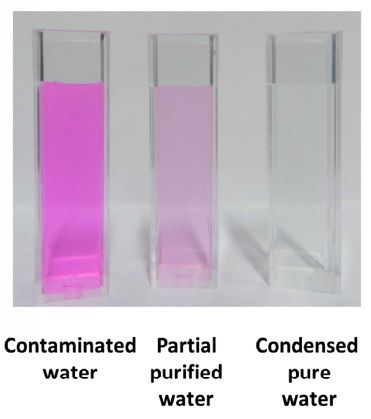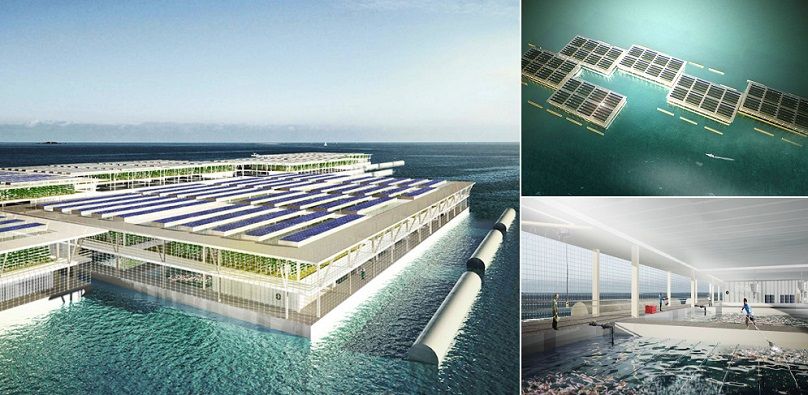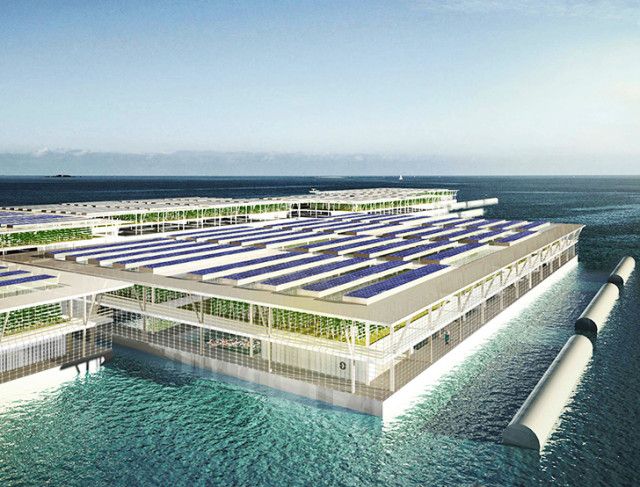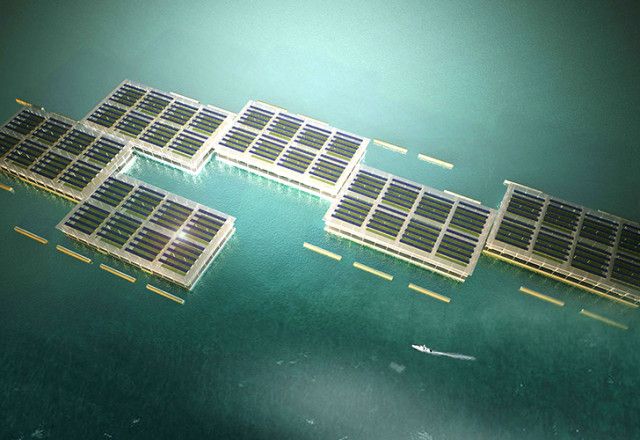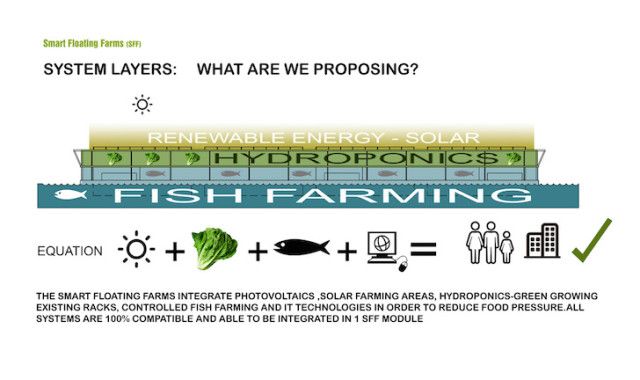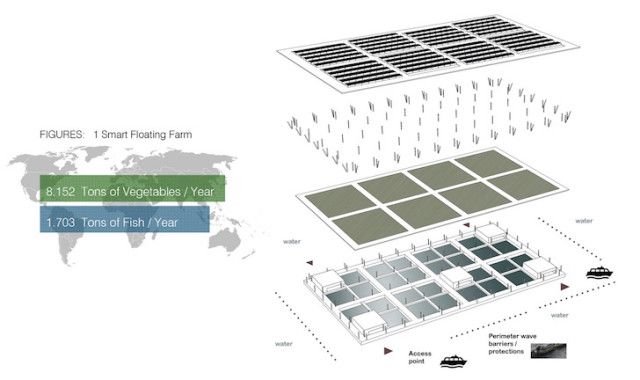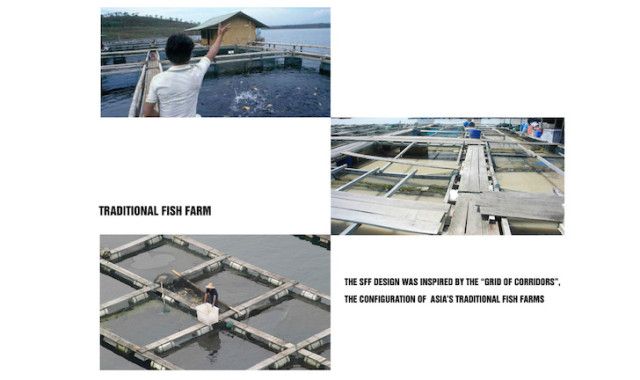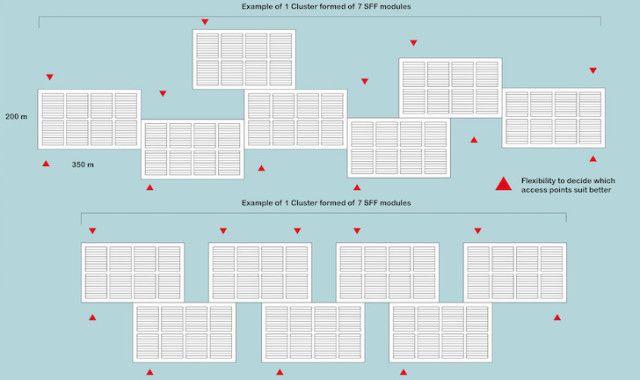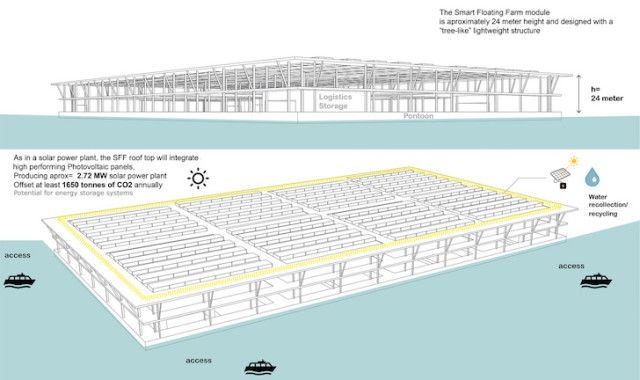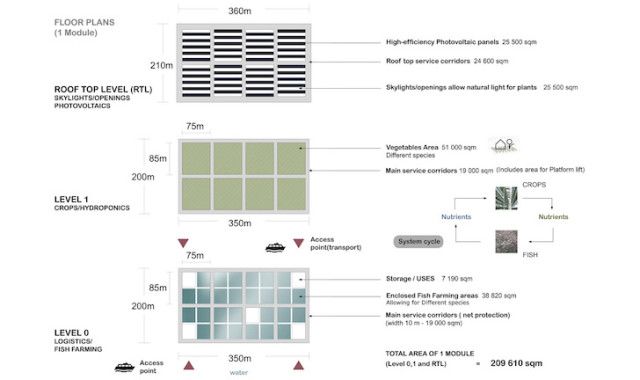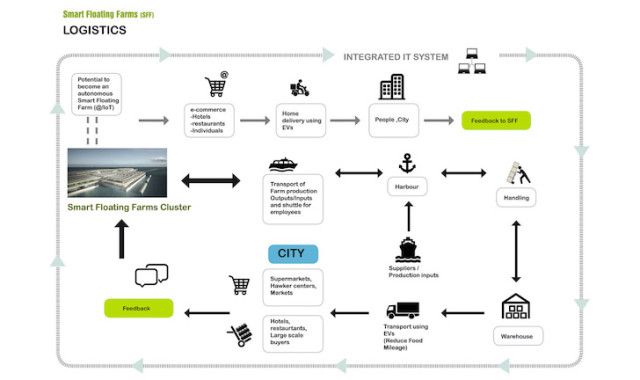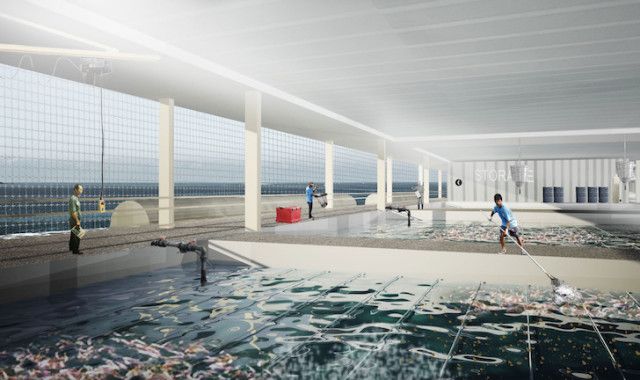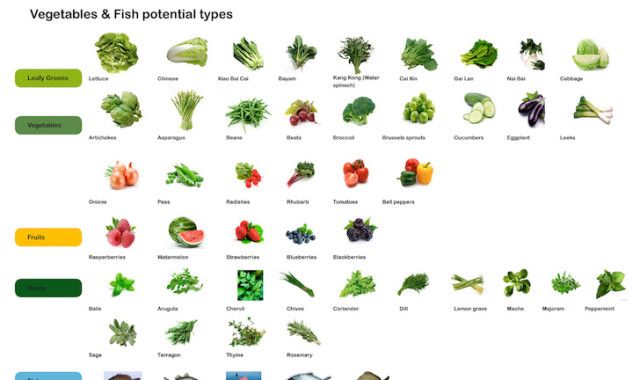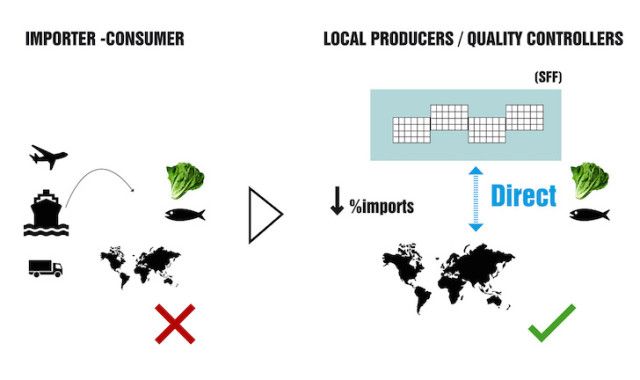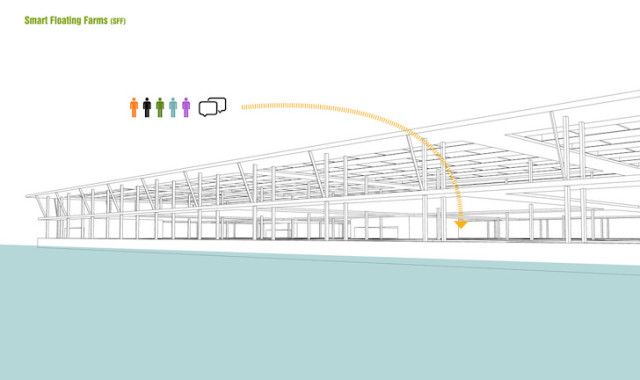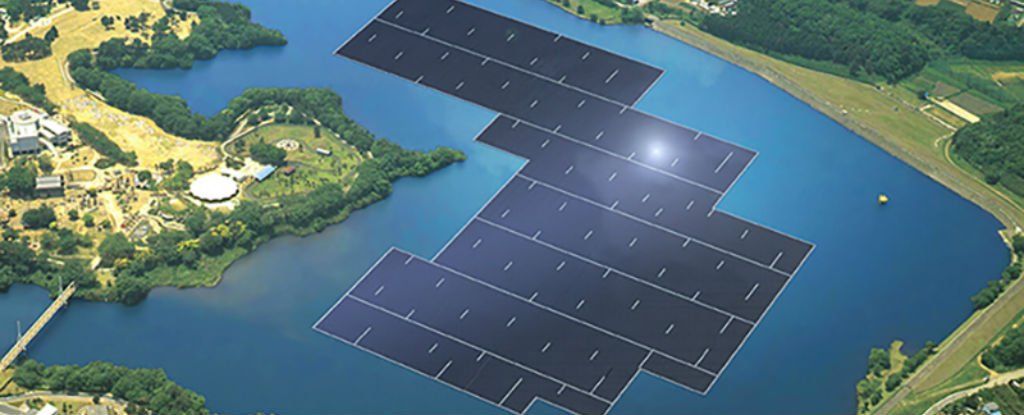On Monday at the Mobile World Congress in Barcelona, Mark Zuckerberg partook in what he thought would be a “fireside chat” with Wired’s Jessi Hempel but which was verifiably not fireside, and was, actually, a keynote.
Inverse picked out the best nine moments of this interview.
1.) Zuck doesn’t know that Aquila will meet regulations but is just confident that it’ll work out
Zuck reported that Aquila, Facebook’s casual wifi-beaming, solar-powered drone project, is coming along well. A team is currently constructing the second full-scale drone — which has the wingspan of a 747, is only as heavy as a car, and will be able to stay aloft for as long as six months — and another team is testing large-but-not-full-scale models every week. These drones will transmit high-bandwidth signals via a laser communications system, which, he says, require a degree of accuracy on par with hitting a quarter on the top of the Statue of Liberty with a laser pointer in California. The goal, he added, is to get these drones beaming wifi that’s 10 to 100 times faster than current systems. Facebook will roll out its first full-scale trials later this year, and Zuck expects that within 18 months, Aquila will be airborne.
